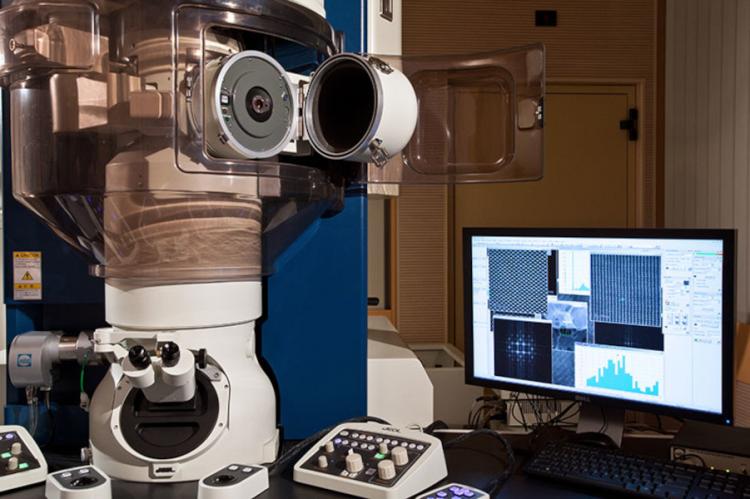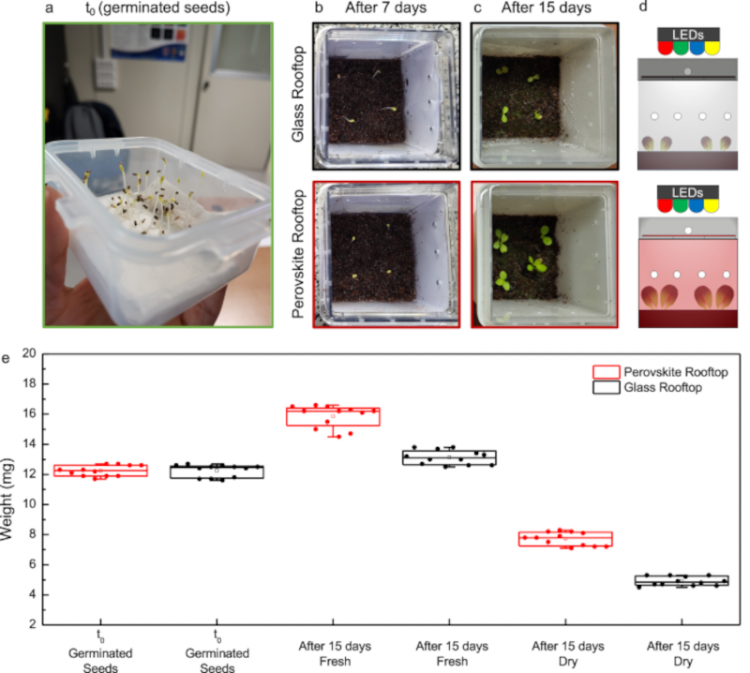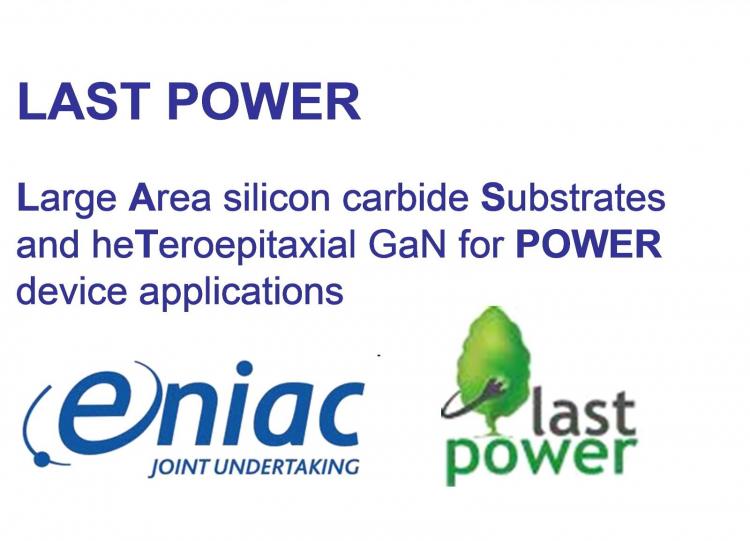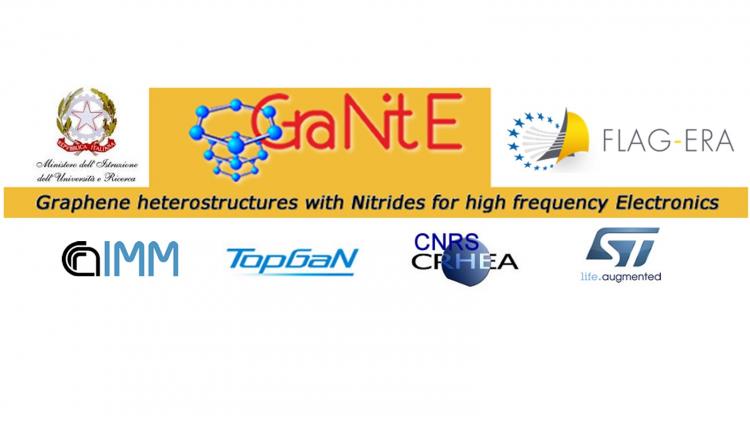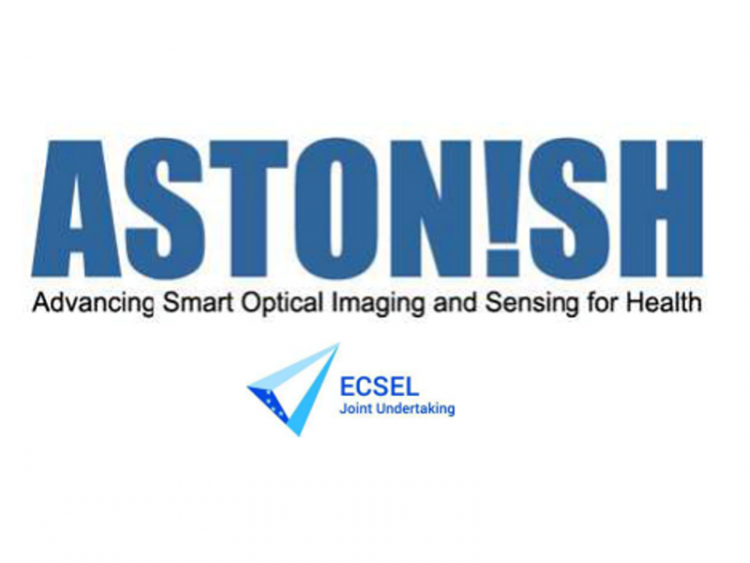History
IMETEM, National Institute of Methodologies and Technologies for Microelectronics, was established following an agreement signed in 1987 between the CNR and the MISM (Minister for the Development of Regions in the South of Italy). The agreement foreseed the activation of a certain numbers of new research institutes in the south for a national rebalancing. The attainment of IMETEM did not happen by chance but it was a fallout of a previous research activity in the field of microelectronic technologies among the Physics department of the Catania University, the Catania section of the National Group of Structure of Matter (CNR) and the R&D of SGS-Thomson ( now STMicroelectronics) - a multinational industry in the semiconductor device field. The IMETEM was located in an area of few hundreds square meters given by free to CNR from SGS-Thomson. This was a peculiar characteristic of the initiative: a national public research institution operates in the premises of an industry. The idea of having under the same roof all the actors of the innovation process in microelectronics has been successful for several reasons: researches of IMETEM have access to the pilot line, it is therefore feasible to experimentally demonstrate ideas born in the course of basic research; researchers of SGS-Thomson have access to experimental techniques that are not typical in an industrial environment. The result is not simply the algebraic sum of the two components but has an added value due to the fact that both live under the same roof, with discussion going on during formal meetings but also during lunch etc. Most of the physicists hired by SGS-Thomson were graduated using the IMETEM facilities.
The initial research activity has been wide and deep; among the themes: Improvement of single technological steps, such as ion implantation, rapid thermal annealing, metallization, thin oxides, passivation, development of non-conventional use of characterization techniques etc. Of excellence just to mention the pioneering research on laser annealing, i. e. the use of high power laser nanosecond pulse to anneal out the damage and to activate electrically the implanted species and the new field concerning the activity on silicon based optoelectronics. The relevance of the performed research is documented by the large number of publications on prestigious journals, by the external resources gained by national and European projects and by the obtained patents. For what concerns the IMETEM personnel, in 1988 the CNR announces a competition for two years fellowships: 11 for graduates and 3 for technicians, the subsequent year 3 researchers and 1 technician are hired. The institute was approved formally only in 1993, just six years later !!!



